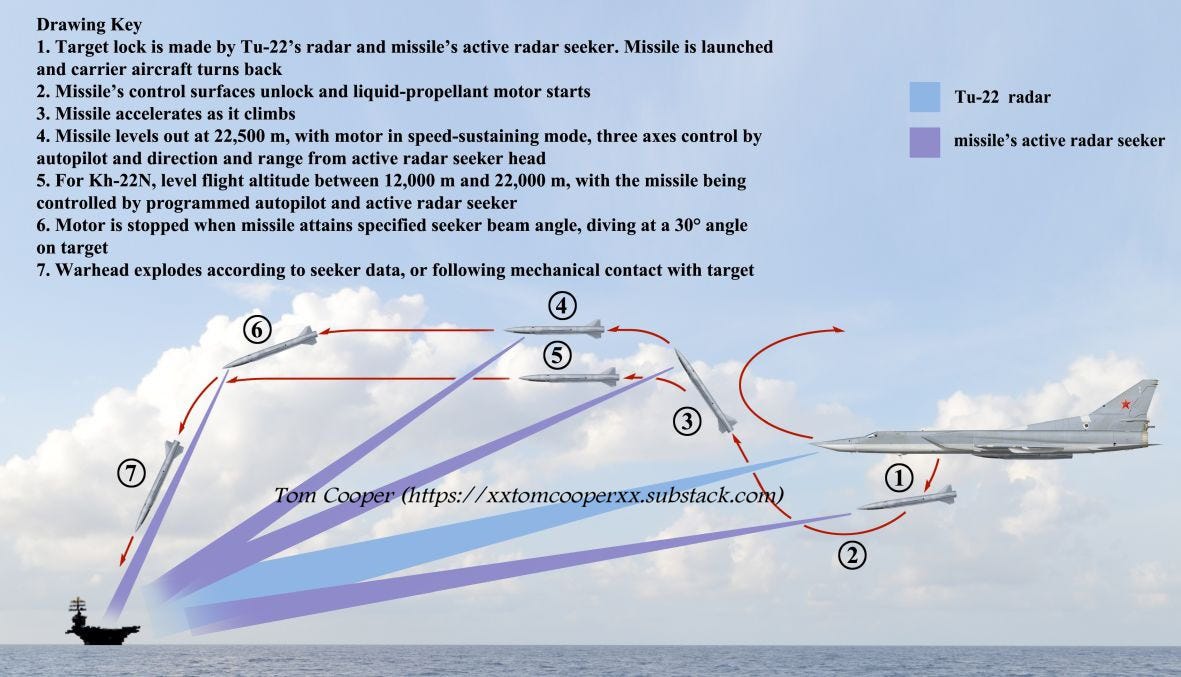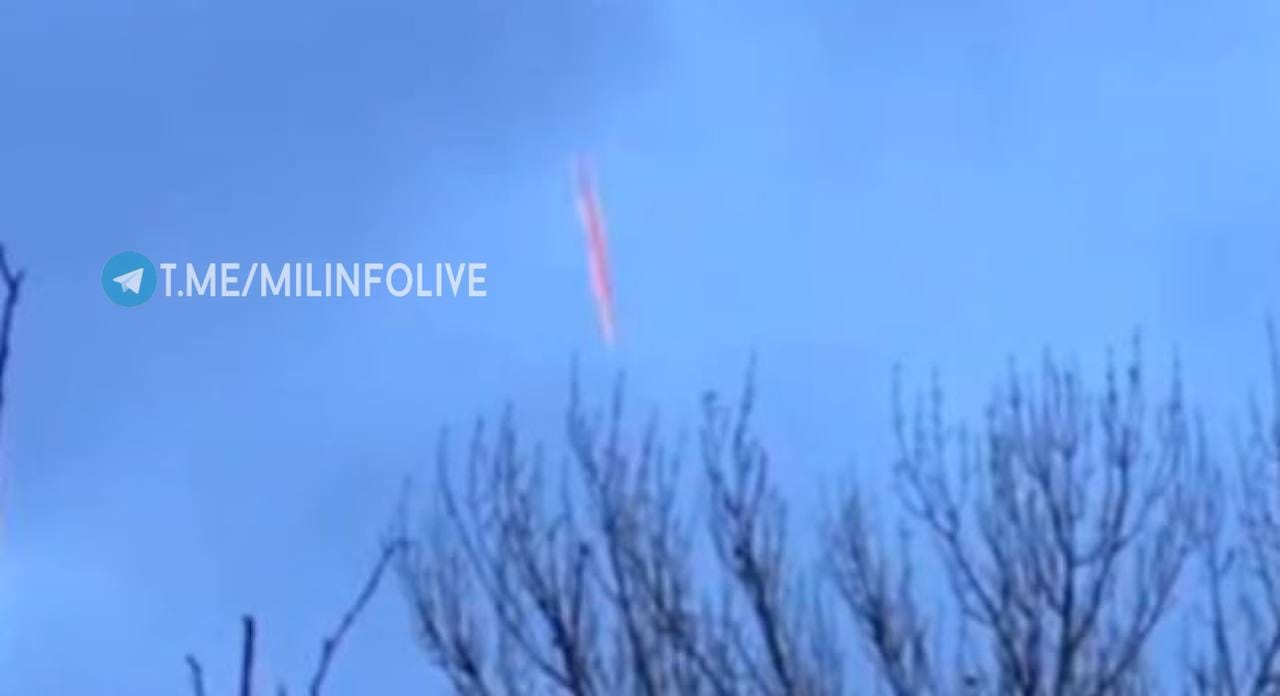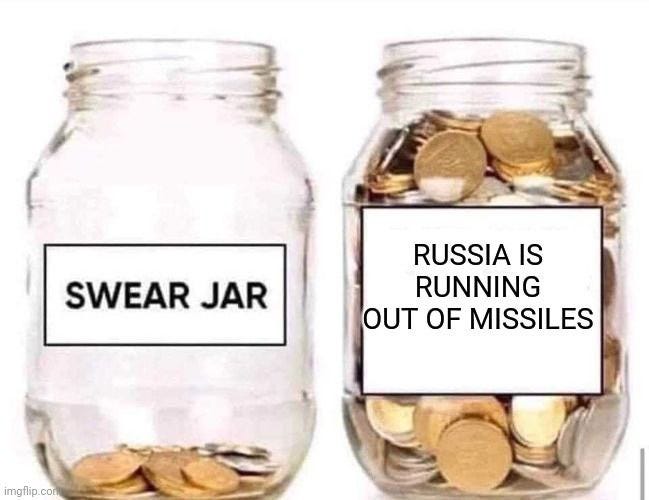Hello everybody!
My commentary on ‘this season’s’ Russian missile offensive on Ukraine of the last few days has prompted many questions. Thus, I think it’s about the time to address some of these. Today, I lack the time to address more than ‘four groups of questions’, but I’ll try to do more in the coming days.
1.) Tom, you’re only reporting what official Kyiv claims, and taking it for granted….
Yes, I do report claims published by official Kyiv for the number of Russian missiles released and shot down. But, these are claims, and I’m all the time trying to use the word ‘claim’ in relation to them. Hope, I need not explaining the difference between ‘claim’ and ‘fact’.
Moreover, this does not mean I’m taking these figures for granted, or expecting you to do so.
Just for example: my research-experience has taught me that one ‘matter of fact’ is that, regardless the country and government in question, next to 0 from official reports are surviving a careful cross-examination. Sure, if often takes 30-40 years to find out ‘the truth’, but really, official reports about contemporary warfare are as ‘reliable’ as any kind of rumours circled in the social media.
OK, so then: why am I still doing this, why forwarding official reports to you?
Because what I’m doing with this blog is to chronicle what’s been reported in order to create starting points for future research. Researching military affairs is very similar to mathematics: one needs a starting point. The ‘0 value’, if you like: something for the start, on basis of which one starts researching, and to which one then adds 1s, 2s, 3s, or whatever other figures, and then starts applying formulas, calculations….i.e. one then starts collecting information and cross-checks everything - to make sure, to obtain facts. Sometimes in the future, much better, more authoritative information is going to become available. But, right now, there is no other ‘starting point’ but official claims: even if I’m perfectly aware they are anything else than ‘reliable’, they do help assess at least the total scope of attack; whether it was a ‘major attack/effort’ or ‘minor attack/effort’, for example.
Obviously, this shouldn’t mean I’m taking officially released figures for anything like ‘granted’, or want you to do so, though. Those knowing at least a bit about my work know very well: I’m never doing that. At most, I mention them, and then offer figures released by other sources or based on own research. However, that research is taking time: sometimes 30-40 years. And sorry but: I can’t beam myself 30-40 years into the future, right now…
2.) What are Russians targeting in Ukraine (‘this time/year/season’)?
Up front, mind that Ukrainian authorities are meanwhile very good in blocking all the information about what exactly are the Russians targeting, not only what are the Russians trying to hit. Thus, extremely little reliable information is coming out of Ukraine. Indeed, think to have seen only some 6-7 videos and photos showing ‘effects’ of Russian strikes from, for example, 29 December and 2 January in all of the social media.
Russian contacts and sources know very little, too.
The result is obvious: uncertainty. However, some conclusions can already be drawn.
A) Contrary to the last year/season (2022-2023), when the primary target of Russian missile strikes on Ukraine was the Ukrainian power grid and power supply system (i.e. ‘energy sector’), this year - or at least: ‘since 23 December 2023’ and ‘so far’ (see: in period 23 December 2023 - 2 January 2024) - they seem to be primarily targeting Ukrainian defence industry.
B) Secondary targets appear to be major command facilities (or ‘nodes’) of the Ukrainian Armed Forces (ZSU) and air bases of the Ukrainian Air Force (PSU).
Few examples:
Kyiv: on 2 January, the Russians claim to have deployed Kinzhal aeroballistic missiels (released by their MiG-31K fighter-bombers) to strike a ‘major underground command post’, reportedly occupied by deputy to General Zaluzhny, Commander-in-Chief of the ZSU at the time of attack.
Kharkiv: on 29 December and 2 January, the Russians claimed to have destroyed an ‘UAV production facility’ (or ‘works’ or ‘assembly facility’) in the Kharkiv area.
Odesa: on 29 December and 2 January, the Russians claimed to have hit ‘port facilities and fuel depots’ in the Odesa area.
Kyiv: on 2 January, the Russians claim to have hit/destroyed/knocked out two NASAMS surface-to-air systems in the Kyiv area.
PSU Air Bases: on 31 December, the Russians claim to have hit ‘air bases’ of the PSU.
C) In comparison, over the last one or two weeks, I know about only one ‘hit’ - or any kind of damage - on the Ukrainian power grid: the strike of 2 January should have left around 260,000 residents of Kyiv without electricity (no idea how long, though: as always, related input/feedback is welcome). Reported reason: an overhead line was cut off by… it’s unclear what: it could’ve been a Russian missile, an Ukrainian SAM, or wreckage from either… It is simply unclear if this was intentional or an accident (I’ll explain the reasons below).
(BTW, one of Russian missiles malfunctioned and crashed inside Russia, causing extensive material damage.)
3.) Related to the point 2, is the issue if the Russians are really ‘targeting civilians’ in Ukraine - with their missile strikes (as widely claimed)?
I’m sorry to disappoint, but I do not think so.
No doubt - indeed: no trace of doubt - the Russian ballistic- and cruise missiles have already claimed lives of hundreds of Ukrainians. Exterminated entire families. When a missile like, just for example, Kh-22 slams into an apartment block… be sure, you do not want to experience that. Neither the blast of the detonation, nor the heat, even less so the shrapnel flying around, or the resulting collapse of the building in question…
‘Problem’: when one is using such heavy (and unprecise) missiles to target military facilities - or ‘just’ military-related facilities - inside urban centres (regardless if in cities, towns, villages, or ‘just some hamlets out there’), civilians are going to get hit. One way or the other. They’re either going to get hit by the missile, its impact, or effects of its warhead, or they are going to get hit by wreckage of the missile that was shot down, or they are going to get hit by missiles fired in attempt to shot down the incoming missiles. Has happened - dozens of times - in this war already (and many earlier wars, too).
Western military authorities have developed that ironic term ‘collateral damage’ for such cases. In the Western public, and then in such conflicts like in Libya, where the West was enjoying such luxurious superiority that it could pick its targets as it suited individual pilots, attacks causing ‘severe collateral damage’ are widely considered ‘unacceptable’. However, this doesn’t mean they never took place: especially not that this never happened over the last 10-20 years. Moreover, one only needs to see mass of Western reactions to Western bombardment of Iraq or Syria of the last 10 years, or Israeli bombardment of the Gaza Strip of the last three months - and quite a few conclusions are more than obvious. Foremost is that ‘collateral damage’ is not only regularly caused, but indeed ‘tolerated’ (sometimes even ‘demanded’) by the public in the West. And that Western authorities are widely lying about amounts of ‘collateral damage’, too. Should there be any doubts, check the website here: airwars.org
And since such ‘targeting practices’ are not properly prosecuted by Western civilian- and military authorities for decades already… (indeed: they’re regularly white-washed)… well, hand on heart: ask yourself, why should then the Russians ‘care’ if they’re causing ‘collateral damage’ to Ukraine?
….with other words: this is exactly the same problem with disrespect for valid international laws and regulations about warfare. When the West is systematically ignoring these, even supporting violations of laws and regulations for decades, then it is creating precedents for such like ‘System Putin’ in Russia to ignore them, too.
4.) Several questions were related to the Russian Kh-22 missiles and statements that Ukrainians can’t shot them down… but also related to the point 3, i.e. ‘collateral damage’.
I thought I have addressed this in a separate feature, sometimes over the last two years. At least I recall to have written something to that topic, and drawn the following illustration based on one from a Soviet manual for the Kh-22….but, can’t find that right now. Anyway…

The essence is this: weapons like Kh-22, Iskander, and Kinzhal were designed to ‘outfly’, ‘overfly’ and ‘overpower’ any kind of air defences they might face. See: they’re flying at altitudes above the engagement envelope of the mass of surface-to-air missiles. They are designed to fly faster than the enemy air defences can react; or, if not fast enough for that, then at least to leave them very little time to react. And, they are designed to dive at their targets at very high speeds (so-called ‘hypersonic’ speeds).
The latter also means: even IF such a missile is shot down, when hit over an urban centre, it is still near-certain to cause some kind of damage. It might miss its target, but even a direct hit causing it to ‘disintegrate’ while comming down at such a high speed like Mach 2-5 (like Kh-22, Kinzhal, Iskander etc.), is still near-certain to cause ‘falling debris’. And this debris, the pieces of wreckage (entire warheads, just for example) simply must crash on the ground and then they’re going to do that with such a speed and force, that they’re likely to completely obliterate, for example, a typical family home in Ukraine.
….or half an apartment block….

Actually: in such cases, nobody can say where is what kind of wreckage going to crash. Which is why is remains as important for civilians in Ukraine to be disciplined and, when there is an air raid alert, go to the next shelter (no matter how problematic or time-consuming this might be).
***
PS Ah yes, and a ‘post scriptum’ of sort. Nope, Russia is not going to run out of its ballistic- and cruise missiles any time soon. Sure, its stockpiles are low, but thanks to the low pace at which the West is providing military aid to Ukraine, and the fact that the West is still failing to prevent Moscow from obtaining high-technology components for them from abroad (especially so from the USA, but the EU too) - the Keystone Cops in Moscow have received enough time to rebuild these.





I often see comments that it is difficult for Ukraine to provide air defences everywhere because it is a large country also has a long front line to defend plus insufficient air defence systems.
Presumably Russia which is a much larger country has the same problem but maybe not so severe as they have more AD systems, is this correct?
Aside of components, there are still zero measures to stop supplies of consumables for the modern Western industrial equipment of Russian missile-producing plants.